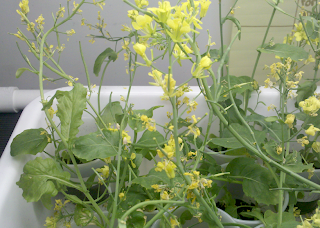We began as members of a TV show audience - a TV show called The Perfect City Show. It was hosted by Ms. Savvy Traveler and featured her going from city to city looking for a perfect city. We quickly realized, though, that NO city is perfect - but many cities work hard to fix their problems. We wrote a theme song for our new show - The Nice City Show.
We're here at The Nice City Show
And we know where to go.
Every city has problems
But do they know how to solve them?
Every city has problems
But do they have people to solve them?
We're about to find out
What it's all about
On The Nice, Nice, Nice, Nice Nice City Show
(2, 3) City Show
(2, 3) City Show
(2, 3) The Nice City Show!
We then went undercover as city government workers. We had workers at the Department of Parks and Recreation, the Department of Transportation, the Department of Health, the Department of Animal Care and Control, and the Commission for Women's Issues. As you saw in the last post, we answered phones and helped people around the city.
We then noticed that a lot of phone calls were coming in from Brooklyn - specifically from the area around Bruce Ratner's proposed Atlantic Yards project. Mr. Ratner is currently building a basketball stadium for the Brooklyn Nets and had promised the community lots of jobs, affordable homes, and greenspace. After tearing down people's homes and businesses, though, he decided to put in a 1,000 car parking lot. Obviously, people were upset!
We did some research and decided that Bruce Ratner's plan didn't meet the needs of the community - and as city government workers, that's our job! We created our own plan that met the needs of the community. Each department planned, designed, and built different things to put onto a model of our plan.
 |
| Students listed ideas as a department and then began mapping out their plan. |
 |
| Students then began building their ideas to put onto the model. |
Health Department: Urgent Care Hospital, trash cans, green carts for fresh snacks, exercise equipment, running track
Parks and Recreation: Green space, sprinkler park, swimming pool, playground, trees, gardens, benches, public restrooms
Animal Care and Control: trash cans, dog run, vet/pet supply store, green space, pond (for wild animals), trees
Commission for Women's Issues: Low income housing, stroller parking at the stadium, storefronts (including the above pet supply store) with jobs for women and training for women, education center for women and their families
Department of Transportation: Underground subway station below the stadium, bike parking lot, wide sidewalks, nearby bus stops, safety signs, small 5-level parking garage
All of these ideas took into consideration the needs and wants of the surrounding community while also meeting the goals for their departments. Students then wrote speeches to deliver at Bruce Ratner's Public Forum. At the forum they immediately raised their hands to speak at the microphone after Mr. Ratner declared that his idea was what was best for Brooklyn. As the students took the stage, the audience quickly was on their side. They spoke of the noise, the traffic, the pollution, and the safety problems that a 1,000 car parking lot in residential Brooklyn would bring. The students then showed off their completed model.
The departments also had to work together to create a key for many of the commonly needed items on the model.
 |
 |
| The fully completed model -- the new plan is entitled "The Pretty Skies Park" |
After the students presented the model, Mr. Ratner called for a vote - and our plan won! Hopefully, in the future, the voices of the citizens will be taken into account before homes are destroyed and plans are made.












































